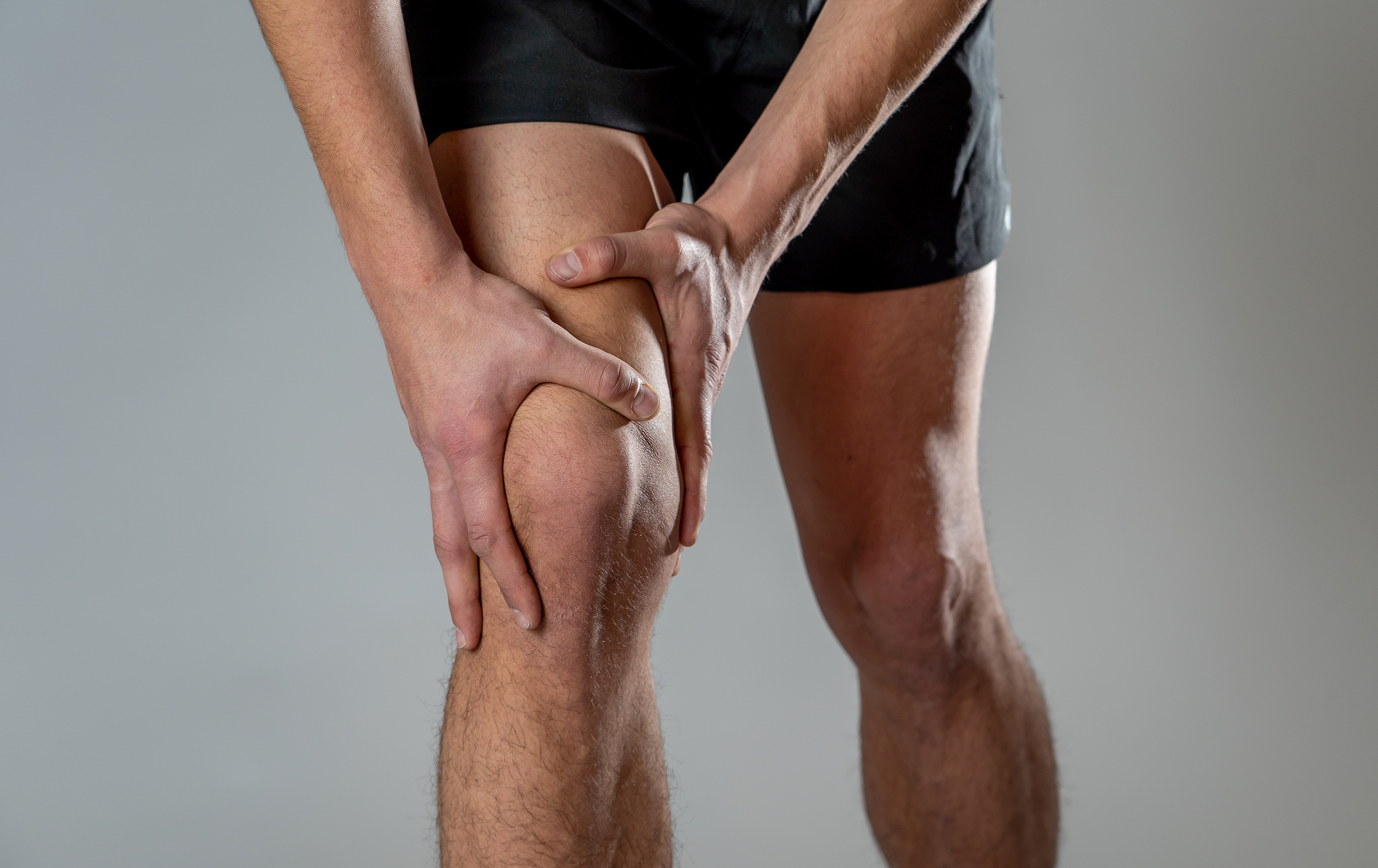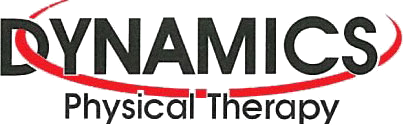 Most people will experience a sprain or strain at some point in their lives, but differentiating between the two injuries is often difficult, as both types of injuries may cause sudden pain. However, a sprain occurs when an individual stretches, damages, or tears a ligament, which is connective tissue that connects bones together at a joint. Common sprains may occur in the thumb, wrist, knee, ankle, or foot.
Most people will experience a sprain or strain at some point in their lives, but differentiating between the two injuries is often difficult, as both types of injuries may cause sudden pain. However, a sprain occurs when an individual stretches, damages, or tears a ligament, which is connective tissue that connects bones together at a joint. Common sprains may occur in the thumb, wrist, knee, ankle, or foot.
Symptoms of a sprain include:
- Sudden pain around an affected joint that is mild to severe
- Swelling around the inflamed joint
- Pain or discomfort when the area is touched
- Difficulty moving the joint or area
- Feeling or hearing a pop at the time of the injury
If severe pain or the inability to bear weight in the area occurs, it is important to seek medical care.
A strain refers to an injured muscle or tendon, the latter of which connects muscles to bones. Common strains occur in the back, calves, and hamstrings. Symptoms of a strain include the following:
- The abrupt onset of pain that worsens when moving the muscle
- Swelling near the tendon or muscle
- Tenderness when the area is touched
- Muscle spasms or tightening of the muscle or tendon
- Weakness or limited range of motion
The inability to move an affected area due to extreme pain signals the need to speak with a healthcare provider for further evaluation.
Treatment for a strain or sprain usually depends on the severity of the damaged tissue. RICE, which refers to rest, ice, compression, and elevation, is still widely known and used for soft tissue injuries, but it’s no longer considered the gold standard by rehabilitation professionals, including physical therapists. Although RICE is still helpful during the early phase (first 1-2 days) of the injury, newer guidelines like PEACE and LOVE are gaining traction because these approaches beneficially address how soft tissue injuries heal and the importance of active recovery.
The RICE method, used in the first 48–72 hours after a strain or sprain involves:
- Rest – Avoid activities that worsen pain or stress in the affected area. Consider using a brace.
- Ice – Apply ice for about 15–20 minutes every 2–3 hours during the first 48 hours to help reduce pain and swelling. Make sure not to apply ice directly to the skin.
- Compression – Use an elastic bandage, such as an ACE wrap, to reduce swelling, but avoid wrapping the joint too tightly. If the area begins to throb or becomes discolored, the bandage is too tight.
- Elevation – To reduce swelling, keep the injured area raised above heart level as much as possible, especially during the first few days.
The updated approaches, PEACE and LOVE, focus on the acute and post-acute phases of injury recovery. PEACE, which stands for protect, elevate, avoid, compress, and educate, incorporates several aspects of RICE. LOVE, which refers to load, optimism, vascularization, and exercise focuses on the later stages of the injury, around days 4 or 5. More specifically, these approaches entail:
PEACE (acute phase 1-3 days):
- P – Protect the injured area by avoiding activities that increase pain
- E – Elevate the area as often as possible
- A – Avoid anti-inflammatories, as they may interfere with the natural healing process
- C – Compress the injured area with an elastic bandage or wrap
- E – Educate, which means to avoid passive therapies and over-treatment
LOVE (post-acute phase):
- L – Load; involves gradually introducing movement and weight-bearing activities
- O – Optimism; entails maintaining a positive outlook, as it helps improve outcomes
- V – Vascularization; refers to engaging in a pain-free cardio physical therapy program, for example, to help increase blood flow
- E – Exercise; involves performing targeted exercises recommended by a physical therapist to help improve mobility, strength, and balance
Physical therapy focuses on demonstrating stretching techniques, strengthening routines, and therapeutic exercises that help individuals benefit from increased flexibility and strength, improved function, reduced pain, and in some cases, accelerated recovery. After performing a thorough evaluation, a physical therapist designs a specific treatment plan geared toward:
- Reducing stiffness, weakness, and tenderness
- Improving the strength of damaged muscles, tendons, or ligaments
- Restoring function, mobility, and range of motion in the affected region
For a number of people who work closely with a physical therapist following a mild to moderate strain or sprain, the need for invasive procedures, including surgery, may be avoided.
If you are experiencing ongoing pain due to a suspected sprain or strain, consider contacting a physical therapy office. The highly trained team of experts at Dynamics Physical Therapy can assess your injury, help you identify activities or habits that may be the cause, and develop a treatment regimen that supports recovery. Learning how to modify your movements and even your posture can help reduce the risk of future injuries.
References
- Canares TL, Lockhart G. Sprains Pediatr Rev. 2013;34(1):47-49.
- Fong DTP, Hong Y, Chan LP, et al. A systematic review on ankle injury and ankle sprain in sports. Sports Med. 2007;37(1):73-94.
- Souza Jd, Gottfried C. Muscle injury: Review of experimental models. J Electromyogr Kinesiol. 2013;23(6):1253-60.
- Green B, McClelland JA, Semciw AI, et al. The assessment, management, and prevention of calf muscle strain injuries: A qualitative study of the practices and perspectives of 20 expert sports clinicians. Sports Med Open. 2022;8(1):10.
- van Tulder M, Malmivaara A, Koes B. Repetitive strain injury. Lancet. 2007; 369(9575):1815-22.
- de Ruvo R, Russo G, Lena F, et al. The effect of manual therapy plus exercise in patients with lateral ankle sprains: A critically appraised topic with a meta-analysis. J Clin Med. 2022;11(16):4925.
- Dubois B, Esculier JF. Soft-tissue injuries simply need PEACE and LOVE. Br J Sports Med. 2020;54(2):72-73.


